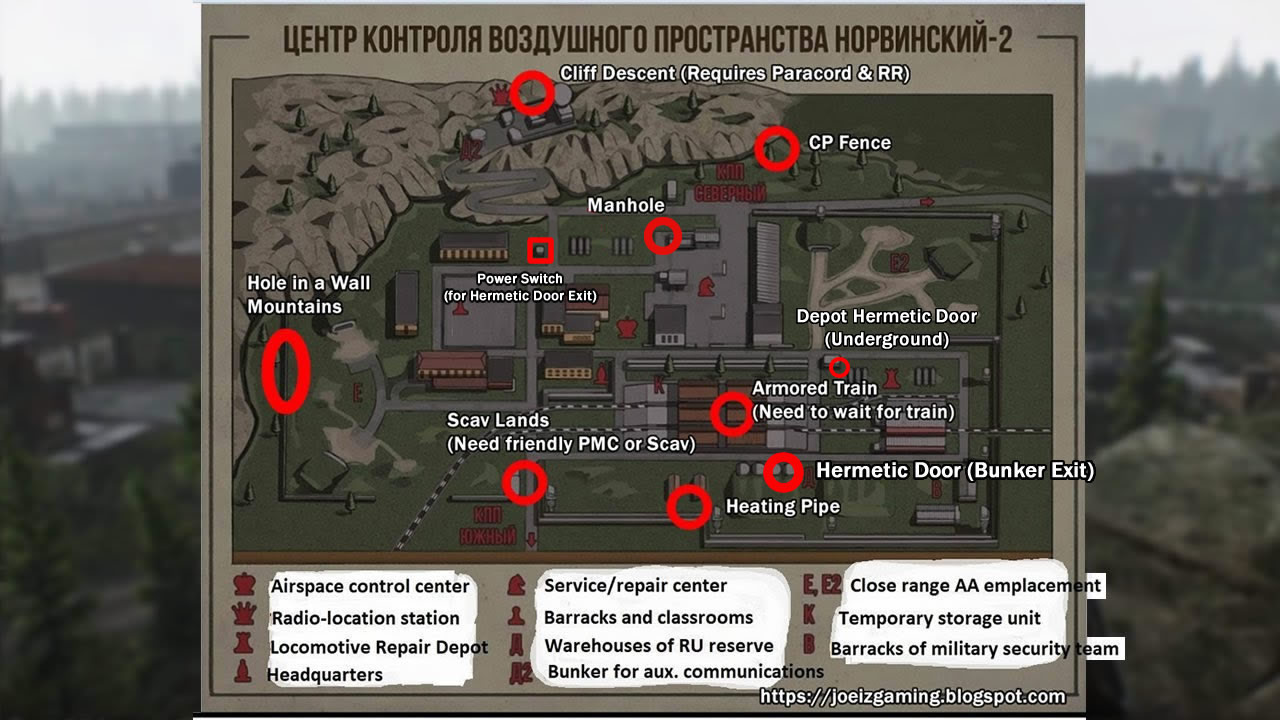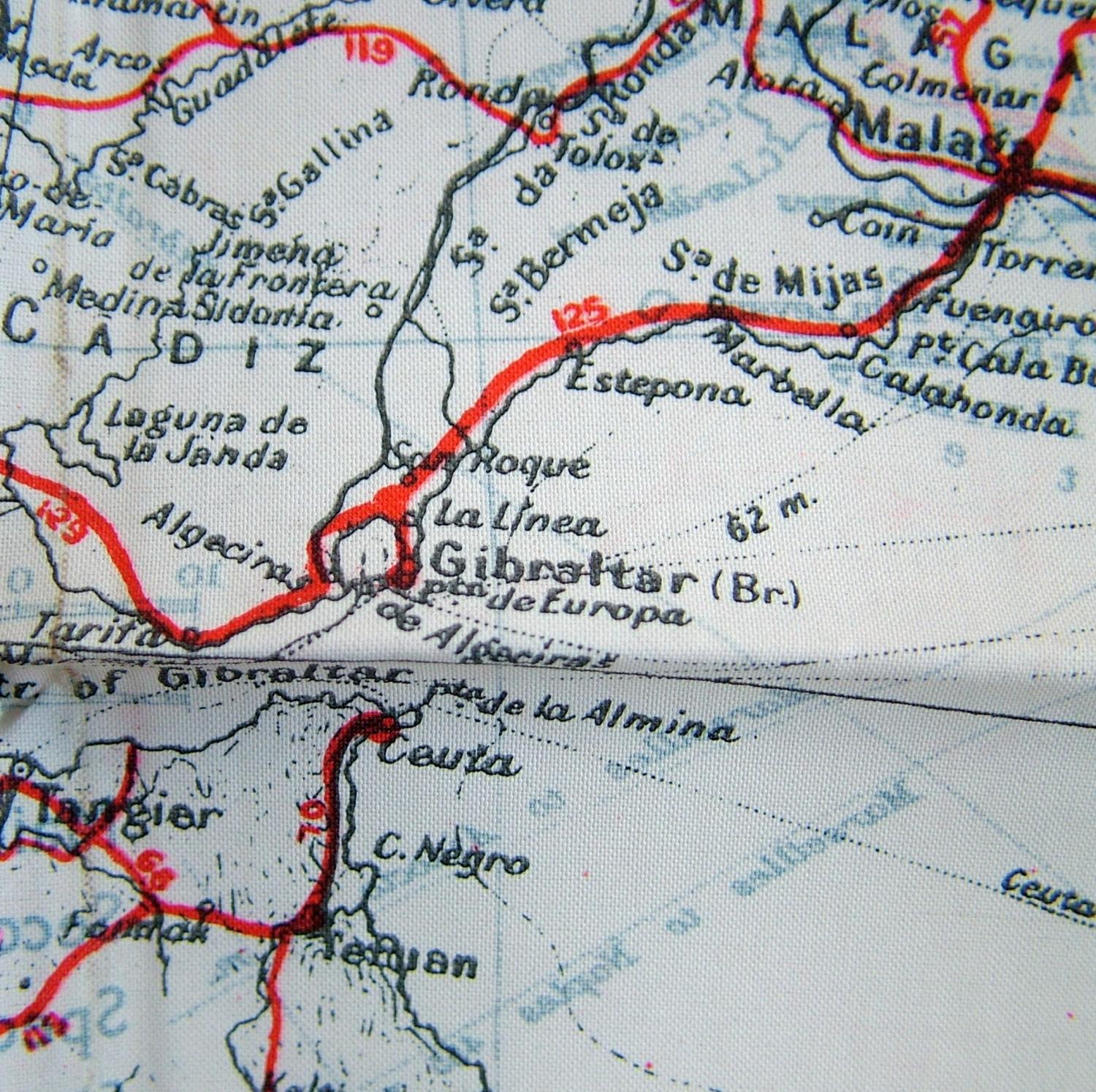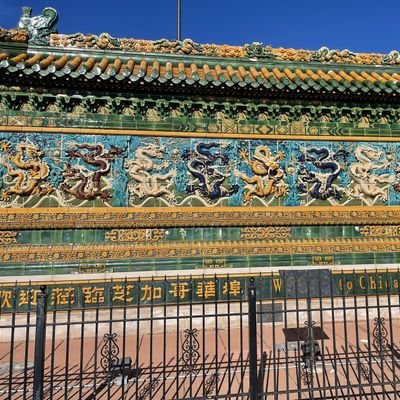


The first film’s inclusion of decimated New York landmarks like the Queensboro Bridge and the Grand Central Terminal pondered the reality of a metroplex overrun by crime, but the sequel spoofs Los Angeles trademarks by imagining the same anarchy within places like Disney World. inserts comedic elements through the changed setting. Plissken’s annoyance with Eddie's schtick is amusing, but it also shows a different type of criminal than the masochistic New York gangsters Plissken previously encountered.ĭespite the loaded political satire, Escape From L.A. However, the best is by far Steve Buscemi as Plissken’s tour guide “Map to the Stars” Eddie, a deceitful swindler who pops up to betray Plissken on multiple occasions. The supporting cast is populated by memorable characters reminiscent of Los Angeles caricatures of surfers and out-of-work actors (although there are a few stereotypes of transgender and Muslim characters that haven’t aged well). Framing Plissken as a nostalgic hero who's annoyed with frequent holographic projections and digital warfare not only foreshadows his decision to initiate a global blackout, but a savvy way of reintroducing an 80s action hero into a different era where he doesn’t quite fit. The visuals look so dated now that it only seems to prove Plissken’s point in retrospect, even if that’s not what Carpenter intended. It’s a nice continuation of his established history as a veteran left out to dry by an uncaring government.Ĭarpenter frequently uses Plissken as a mouthpiece to voice disgust with technology, and the film culminates in a CGI-heavy finale. sees Plissken develop into an actual revolutionary that actively undoes the President's orders not only out of personal spite, but in the interest of others suffering under the fragmented political state.

Plissken’s nihilistic attitude is just as endearing, but his character arc builds upon the iconic ending of the first film where he destroyed the message to the President after witnessing his disregard for those who sacrificed themselves saving him.

Cliff Robertson’s President is a chilling antagonist of the Reagan era who forcefully punishes those who don’t meet the standards of his “Moral America.” The sequel is more heavily critical of religious fanaticism, and the notion of a theocratic state makes for a different type of threat. Carpenter wrote the first film in reaction to the Watergate scandal and personified anxieties of a fractured federal government, resulting in a gritty sense of paranoia. This is the only sequel to a Carpenter film helmed by the man himself, and it’s clear why he wanted to revisit the post-apocalyptic setting given the shifting political climate in the fifteen years since Escape From New York. is far from a hastily thrown together cash grab. Understandably, there’s hesitation towards a follow-up to such an influential original, but Escape From L.A. Snake Plissken’s second adventure earned only half of its production budget back, and lukewarm reviews cited the film’s significant quality dip from its predecessor. RELATED: 'Escape from New York': On Snake Plissken, Action's Most Unique Icon


 0 kommentar(er)
0 kommentar(er)
